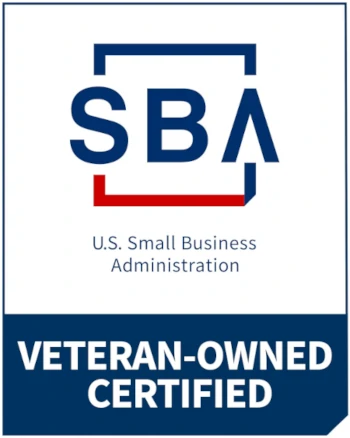
Hemp Sampling
Hemp or Cannabis Sativa has been around for over 6,000 years and can be used to make food, plastic, oil, paper, fuel, and clothing. Under certain growing conditions, Cannabis Sativa can evolve into marijuana – which is hemp with an increased THC (Tetrahydrocannabinol) content. THC is the psychoactive compound associated with “getting high”
Until 1937, hemp in all forms, was common in the US. However, for political reasons managed to write and enact the Marijuana Tax Act. While this law did not make cannabis illegal – its production became much more difficult and it damaged hemp by association.
In 1970 Richard Nixon issued the Controlled Substances Act which made marijuana a Class 1 Drug – along with heroin, LSD, and methamphetamine. It stayed that way until the 2018 Farm Bill no longer classed hemp as a controlled substance – providing the THC content is less than 0.3% by dry weight.
The USDA (United States Department of Agriculture) naturally became the governing body and with the assistance of the DEA (Drug Enforcement Agency) promulgated rules for the commercial production of hemp. These rules require that if a farmer is growing a larger crop of hemp and submit samples to a state registered lab – if any of those samples tests over 0.3% THC, then the entire field is condemned and must be destroyed – because it is now an illegal Class 1 Drug.
Working with some state approved testing labs and hemp growers, SignaKey derived a strategy for dividing the field into identical square blocks of 0.25 acres and taking samples from each. Using a Smartphones the geospatial coordinates of each sample could be traced to a single plant. While requiring far more expense from increase lab testing, it became possible the persuade the USDA using this data -that only the block with the out-of-spec plants needed to be destroyed.
When each sample was collected, it is placed in the individual plastic bag secured with a SignaKey tamper-evident seal. This SignaKey was read while standing at the plant and the GPS location was captured. After lab testing it created a digital chain of custody allowing the farmer to come back to the exact non-compliant plant.
Presentations
Hemp Sampling

